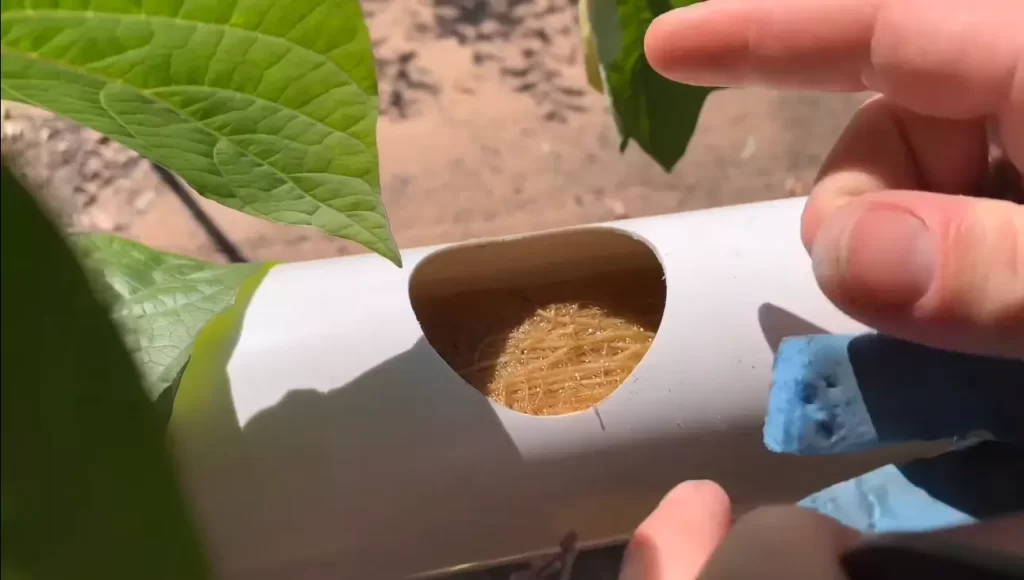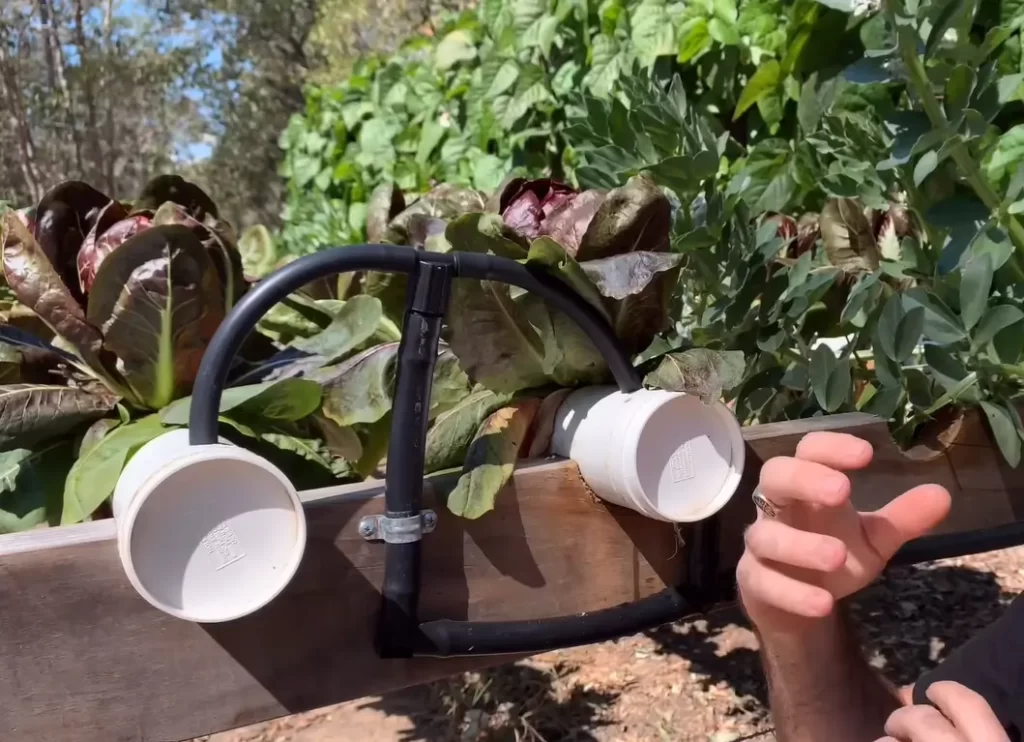How Nutrient Film Technique Work: What It Is And How To Use It
Hydroponic farming is an innovative and sustainable way of growing plants without soil. The nutrient Film Technique (NFT) is one of the most popular hydroponic systems in which a thin layer of nutrient solution flows over the roots of the plants.
This method offers several benefits: water conservation, higher yields, faster plant growth, and commercial farmers. Now a question may arise in your mind: How does the nutrient film technique work?
Nutrient Film Technique (NFT) typically works by continuously recirculating a thin film of nutrient-rich water over the roots of plants. The continuous flow of water helps to oxygenate the roots and provides the plant with the necessary nutrients to grow.
If you want to explore more about nutrient film techniques, keep reading the content. Here we’ll find a comprehensive discussion regarding that.
What is Nutrient Film Technique?
Nutrient Film Technique (NFT) is a type of hydroponic system that involves a shallow stream of nutrient solution flowing through channels or PVC pipes in a flat-bottomed grow tray. The plant roots grow in the channels, allowing access to nutrients, water, and oxygen.

The nutrient solution is continuously pumped through the channels at a constant flow rate, providing the plants with a consistent supply of nutrients. The NFT system is particularly popular for growing lettuce and other lightweight, fast-growing crops.
How Does Nutrient Film Technique Work?
The Nutrient Film Technique (NFT) is a hydroponic system where plant roots are suspended in a shallow stream of nutrient solution, constantly recirculated through PVC pipes or channels. The nutrient solution is pumped from a reservoir through the channels and flows over the roots of the plants, providing them with the necessary nutrients and access to oxygen.
Roots of the plants can absorb the nutrients directly from the nutrient solution, and the constant flow of the solution ensures that the plants have access to fresh oxygen. The flow rate of the nutrient solution is carefully controlled to provide the plants with the right amount of nutrients and oxygen while preventing the roots from drying out or becoming waterlogged.
The NFT system is commonly used to grow lightweight, fast-growing plants such as lettuce and is popular with commercial growers due to its high yield potential and efficient use of space. This system requires careful monitoring of nutrient levels, temperatures, and flow rates to ensure healthy plant growth and maximum crop yields.
How to Set Up an NFT System? [Step-by-Step Guide]
Nutrient Film Technique (NFT) hydroponics is a system that allows growers to cultivate crops without soil. Instead, the plants grow in a shallow stream of nutrient-rich water. Here’s a step-by-step guide on how to set up an NFT system.
1. Select the Medium
The first step is to choose a medium. While NFT systems can use various media, including gravel or vermiculite, most growers prefer PVC pipes or channels. These channels are cut at an angle to allow a shallow stream of water to flow through them.
2. Install the Channels
The next step is to install the channels. You can use various materials, but PVC pipes are the most popular choice. Set up the channels on a slight slope to allow the nutrient solution to flow from one end to the other. The slope will also ensure gravity moves the nutrient solution back to the reservoir.
3. Install the Water Pump
Once you’ve installed the channels, you’ll need to install a water pump. The pump will circulate the nutrient solution from the reservoir to the channels. The pump should be connected to a timer to ensure the plants receive a constant water flow.
4. Add Nutrients to the Solution
Mix the nutrient solution according to the instructions provided by the manufacturer. Ensure the solution has the correct balance of nutrients for the crop you want to grow. Adjust the flow rate of the solution to ensure that the plants receive enough nutrients.
5. Ensure Access to Oxygen
Plants require oxygen to grow, and the nutrient solution must be adequately oxygenated. Install an airstone in the reservoir to ensure the solution is oxygenated. The air stone will increase the oxygen levels in the nutrient solution.
6. Set Up the Grow Tray
The next step is to set up the grow tray. Place the plants in net pots, then place them in the channels. The grow tray should be positioned above the reservoir. The nutrient solution will flow from the reservoir through the channels and back to the reservoir.
7. Provide Adequate Lighting
Plants require adequate lighting to grow. Ensure that the grow tray receives enough light from natural or artificial sources. The type of light you choose will depend on the crop you’re growing and the room’s temperature.
8. Maintain Constant Temperatures
The temperature of the nutrient solution and the grow tray is critical for plant growth. Keep the temperature of the nutrient solution between 65-75 degrees Fahrenheit and the ambient temperature between 70-80 degrees Fahrenheit. Avoid exposing the plants to unstable root temperatures.
9. Harvest the Crop
When the plants are mature, it’s time to harvest the crop. NFT systems are ideal for crops such as lettuce and herbs, which can be harvested multiple times. Once you’ve harvested the crop, start the process again.
Advantages and Disadvantages of NFT
NFT has gained popularity in recent years due to its ability to provide optimal nutrient consumption, access to oxygen, and consistent flow rates for healthy plant growth. However, NFT has disadvantages, including potential temperature issues and a limited crop variety.
Advantages
- Efficient Nutrient Consumption: NFT delivers a constant flow of nutrient solution to plant roots, providing optimal nutrient levels that can improve crop yields.
- Access to Oxygen: The shallow stream of nutrient solution in NFT hydroponics allows plant roots to have access to oxygen, which is essential for healthy plant growth.
- Consistent Flow Rates: NFT systems have adjustable flow rates tailored to the crop’s needs, ensuring a steady supply of nutrients and water to the plant roots.
- Space-Saving Design: NFT systems use PVC pipes or channels to grow plants, making them ideal for small spaces and urban farming.
- Fast Growing: NFT is ideal for lightweight and fast-growing plants such as lettuce, which can be harvested within weeks.
Disadvantages
- Temperature Issues: NFT hydroponics can have unstable root temperatures due to the shallow stream of nutrient solution. It is essential to maintain consistent solution temperatures to prevent root damage.
- Limited Crop Variety: NFT hydroponics is suitable for growing smaller, lightweight plants such as lettuce but may not be suitable for growing heavy crops such as tomatoes.
- Reliance on Technology: NFT hydroponics systems require a water pump, air stone, and grow tray to function, making them more dependent on technology.
Maximizing NFT Productivity: Tips for Hydroponic Growers
Nutrient Film Technique (NFT) is among the most popular hydroponic systems. It involves a shallow stream of nutrient solution flowing over the plant roots, providing them with the necessary nutrients and oxygen. Here are some tips for maximizing NFT productivity:

Ensure Nutrient Solution is Balanced
Plants require a balanced nutrient solution to thrive. Use high-quality hydroponic nutrients and regularly check and adjust the nutrient levels. The flow of nutrient solution should also be continuous and consistent, with a target flow rate of 1–2 liters per minute.
Provide Adequate Oxygenation
Plants need access to oxygen for healthy growth. Use an air stone or water pump to ensure the nutrient solution is well-aerated, providing oxygen to the plant roots. Oxygen levels should be above 5 parts per million (ppm) for optimal plant growth.
Monitor Temperatures
Consistent solution temperatures are crucial for optimal plant growth. The reservoir temperature should be between 18-22 °C, and the ambient temperature should be between 18-26 °C. Avoid unstable root temperatures, which can stunt plant growth.
Choose the Right Crop
NFT is suitable for fast-growing lettuce, herbs, and strawberries. Choose cultivars that are suited to hydroponic systems and have a fast growth rate.
Optimize the Grow Tray
Choose the right grow tray for your crops. Shorter trays are ideal for smaller plants, while larger ones require deeper ones. Flat-bottomed trays are also recommended, as they provide better nutrient flow to the plant roots.
Proper Channel Slope
The slope of the channels in an NFT system should be between 1-3%, with the channels sloping towards the nutrient reservoir. This ensures that the nutrient solution flows continuously over the plant roots, providing them with the necessary nutrients.
Final Thoughts
So, you now know: How does nutrient film technique work? Basically, NFT is a hydroponic system that allows a thin film of nutrient-rich water to flow continuously over the bare roots of the plants.
This film of water is pumped through a network of pipes and channels before recirculating back to the nutrient reservoir. The roots of the plants are exposed to nutrient-rich water, while the oxygen-rich air is supplied from the top of the channel.
These plants are placed in channels with small plastic cups or collars. This system provides the plants with the nutrients, oxygen, and water they need to grow quickly and healthily. So, NFT is great for growers who want to save space, time, and money.
